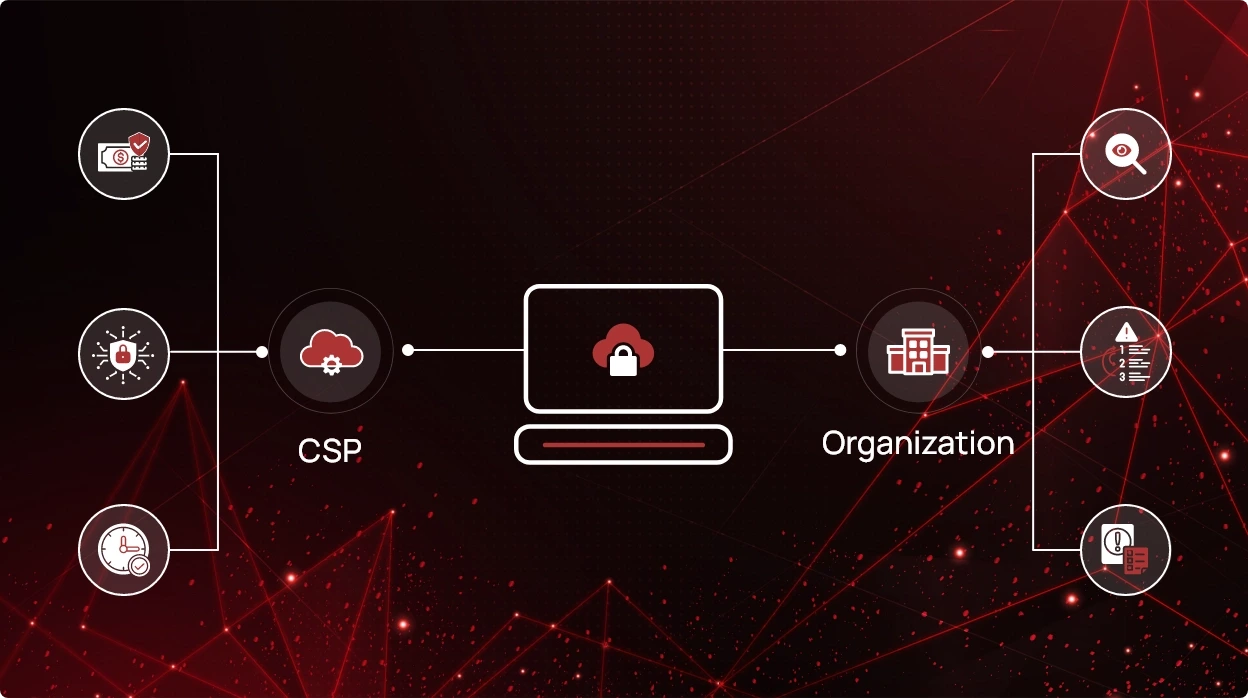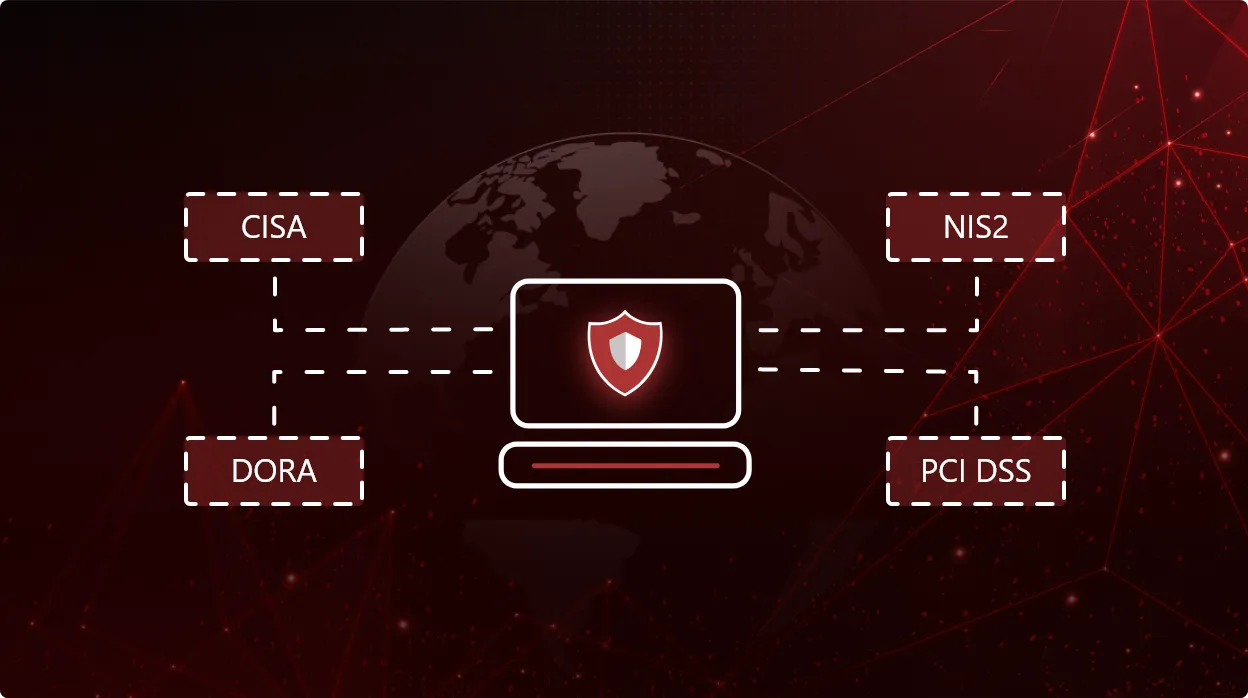Shared Responsibility Model and Cloud Security

Embracing cloud infrastructure demands a mindset shift, moving beyond traditional elements like firewalls to focus on workloads, buckets, and collaboration with cloud service providers (CSPs). Leading CSPs like Amazon Web Services (AWS), Azure, and Google Cloud Platform (GCP) follow a ‘Shared Responsibility Model’ for defining security roles. This framework clarifies cybersecurity duties between the CSP and the organization, promoting robust security and accountability. As cloud adoption grows, understanding and implementing this model becomes crucial, particularly in multi-cloud setups.
Understanding the Shared Responsibility Model
The Shared Responsibility Model outlines the division of security duties between CSPs and the organization. Major providers like AWS, Azure, and GCP have distinct models. For instance, AWS secures the host OS while the organizations handle network controls, IAM, and data. This model is pivotal for cloud security. It ensures active participation of both parties, enhancing clarity, compliance, collaboration, and overall resilience in multi-cloud setups.
In traditional data centers, security responsibility lies solely with the owner. Cloud adoption changes this landscape, with CSPs sharing security duties. As organizations migrate, the CSP’s role in providing secure environments grows significantly. CSPs work to ensure secure platforms, but organizational responsibility remains crucial. This led to the establishment of Shared Responsibility Models, defining boundaries between CSP and organization security domains.
Benefits of the Shared Responsibility Model
The shift in responsibility to a CSP offers significant advantages. Compared to the comprehensive liability of private on-premises infrastructure, the reduced organizational responsibility in the cloud is a major benefit. Furthermore, sharing security duties yields:
- Cost Savings: By relying on the provider’s infrastructure, you cut down on management efforts, leading to cost savings and efficient resource allocation
- Enhanced Cybersecurity: Clearly defined security roles minimize errors that could result in breaches
- Operational Relief: With the CSP shouldering some of the security duties, your team gains time to address other essential tasks
The most apparent advantage is the lighter operational burden. Collaborating with the CSP on cloud security monitoring alleviates the need to manage hardware and operations extensively. When both parties uphold their responsibilities, cloud security can reach new heights of effectiveness.
How to Implement the Shared Responsibility Model?
Implementing the Shared Responsibility Model requires a systematic approach to ensure effective distribution and execution of security duties. Follow these key steps:
- Thoroughly understand your CSP’s Shared Responsibility Model. Familiarize yourself with their security guidelines and policies to discern their coverage versus your own responsibilities
- Identify your unique security requirements and compliance mandates. Gauge data sensitivity, required access control levels, and industry regulations. This assessment informs the security controls you need to enact
- Align your security controls with the model and your requirements. This includes configuring firewalls, implementing encryption, enforcing access controls, regular patching, and risk assessments
- Employ a centralized IAM solution for consistent user identity and access management across multiple clouds. This simplifies user provisioning, enhances policy enforcement, and elevates access oversight
- Collaborate with your CSP to leverage their security tools and expertise. Maintain open communication to stay current on their security measures, patches, and advice
- Security is continuous. Monitor logs, implement intrusion detection, conduct audits, and stay informed about emerging threats. Adapt security measures to evolving cloud security risks and compliance demands
By adhering to these steps, organizations can effectively implement the Shared Responsibility Model, establish comprehensive security, and foster a collaborative cloud security approach. Regularly update strategies to stay resilient against evolving threats and compliance changes.
The Role of CSPM in Shared Responsibility Models
A comprehensive Cloud Security Posture Management (CSPM) tool like CheckRed is pivotal in the implementation and upholding of the Shared Responsibility Model. CheckRed empowers organizations to collaboratively secure cloud environments, leveraging their capabilities to streamline cloud security monitoring.
Here’s how a powerful CSPM tool like CheckRed can enhance Shared Responsibility Models:
- Continuous Monitoring: CheckRed provides real-time insights into the security posture of your cloud infrastructure. By monitoring configurations and activities, it helps identify misconfigurations and ensure cloud data protection
- Risk Assessment and Mitigation: CheckRed evaluates risks associated with misconfigurations and security gaps, enabling proactive mitigation. This ensures that both the cloud provider’s and organization’s responsibilities are met effectively
- Compliance Adherence: CheckRed’s CSPM platform assists in aligning cloud deployments with industry standards and regulatory requirements. It offers automated checks to confirm adherence to compliance mandates
Incorporating an efficient CSPM tool into your cloud infrastructure enriches collaboration, bolsters security, and ensures that the Shared Responsibility Model is upheld comprehensively.


